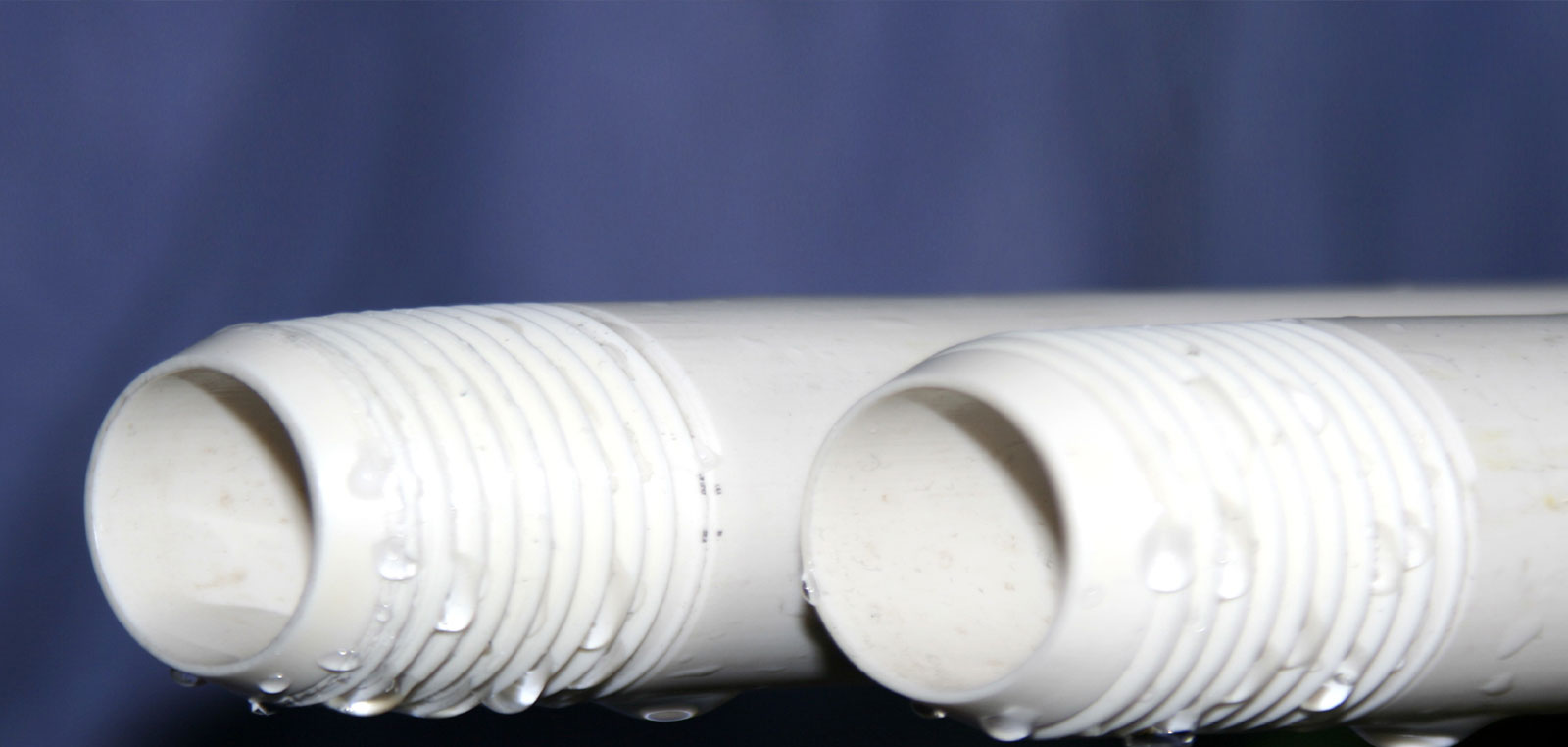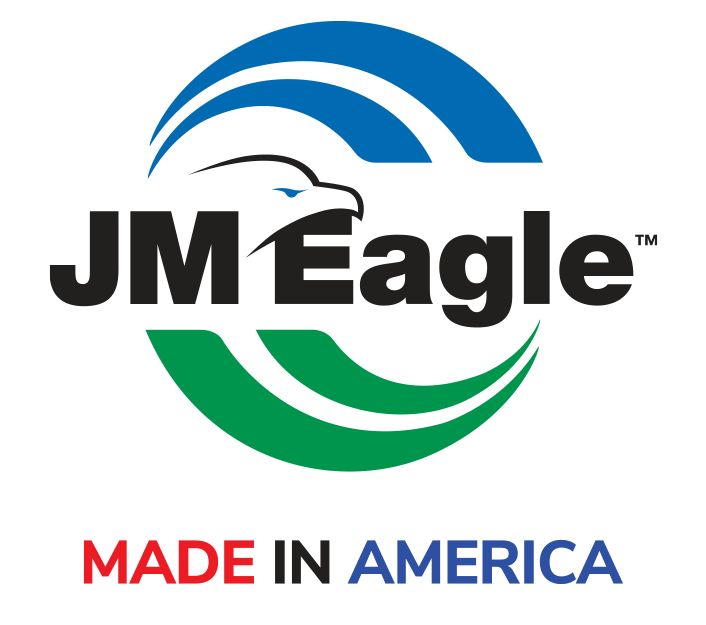
Report: Funding water infrastructure benefits economy
American Society of Civil Engineers and Value of Water Campaign report finds that as infrastructure deteriorates and service disruptions increase, annual costs to American households will be seven times higher in 20 years than they are now.
The United States is underinvesting in its drinking water and wastewater systems — putting American households and the economy at risk, according to a new report released by the American Society of Civil Engineers (ASCE) and Value of Water Campaign. The report, “The Economic Benefits of Investing in Water Infrastructure: How a Failure to Act Would Affect the U.S. Economy Recovery," finds that as water infrastructure deteriorates and service disruptions increase, annual costs to American households due to water and wastewater failures will be seven times higher in 20 years than they are today — from $2 billion in 2019 to $14 billion by 2039.
America’s water infrastructure is aging, with many drinking water systems and wastewater treatment facilities nearing the end of their respective design lives (75-100 years), causing contamination and economic disruptions to communities. Between 2012 and 2018, the rate of water main breaks in the U.S. rose by 27 percent to roughly 300,000 breaks per year— equivalent to a break more than every two minutes. The US lost an estimated $21.7 million of treated water in 2019 due to leaks, which is projected to reach $48 million by 2039 with current investment trends. In addition to the impact to households, American businesses most reliant on water will spend $250 billion in 2039 on water service disruptions.
Read more here: https://bit.ly/3jt1pw8
